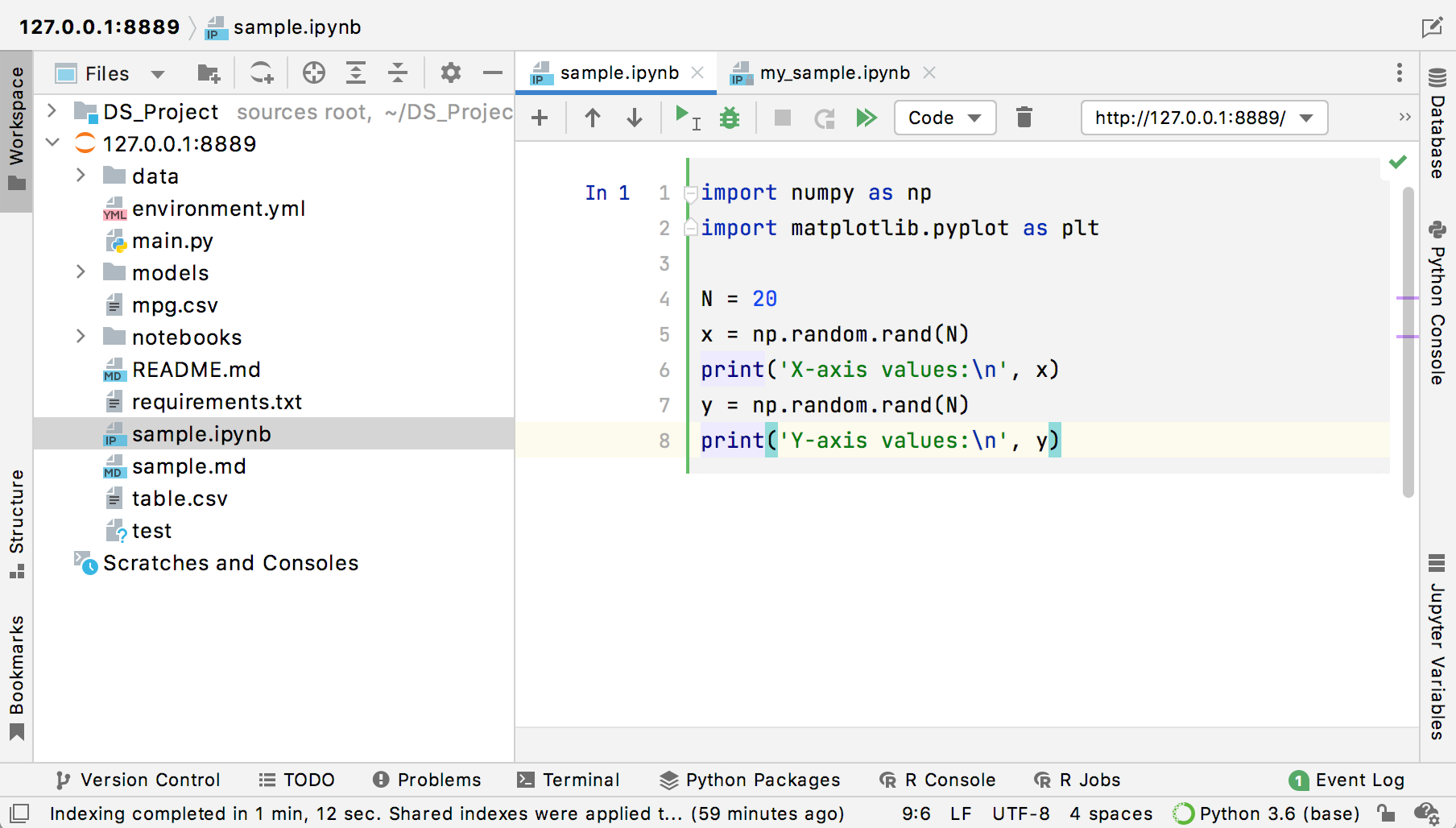


On the target machine, you will first need to install Python, Jupyter, and Apache. (Optionally) Create a script to automatically start the Jupyter notebook server when your machine boots up.Configure Apache to handle incoming connections to the subdomain and reverse proxy the Jupyter notebook server.Configure the Jupyter notebook server to be served securely over the web.Set up a subdomain that points to your server’s IP.This tutorial will consist of the following steps: Either way, I bring this up because the setup for a home computer is slightly different from that of a server already accessible from the web, so keep that in mind as you follow along. Perhaps instead you’d like to set up the notebook server on a web server that you already rent to host your website. For me, this was my home desktop where I have otherwise unused compute power sitting around. Setting this up was unfortunately not as straight forward as I would’ve hoped, so I’m outlining this process to make things easier for others getting started.īefore moving forward, identify the machine you’d like your notebook server to run on. This would allow me to edit Python scripts from my laptop and run them on my beefier home hardware remotely. I recently wanted to set up a Jupyter notebook server on my home desktop and serve it from my website. Start Jupyter Server on Boot (Optional).SAM GRIESEMER ABOUT FEED WIKI BLOG RESEARCH PROJECTS Setting up a remote jupyter notebook for a website In-depth tutorial for creating a Jupyter lab accessible from your domain Setting up a remote jupyter notebook for a website.


 0 kommentar(er)
0 kommentar(er)
